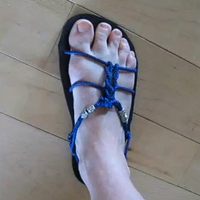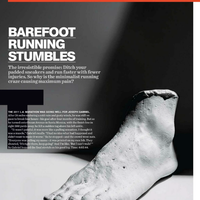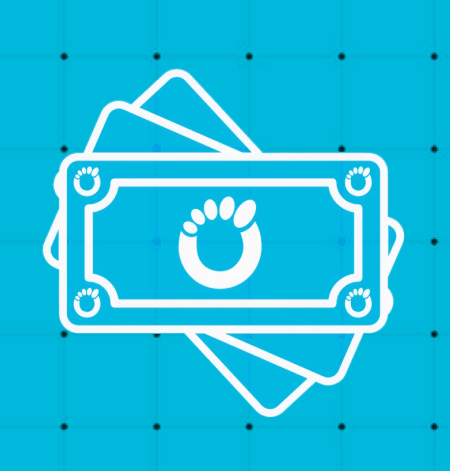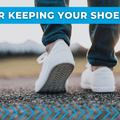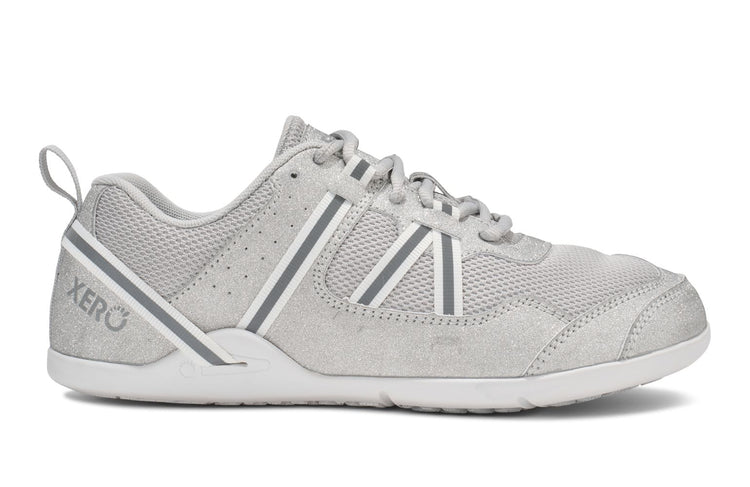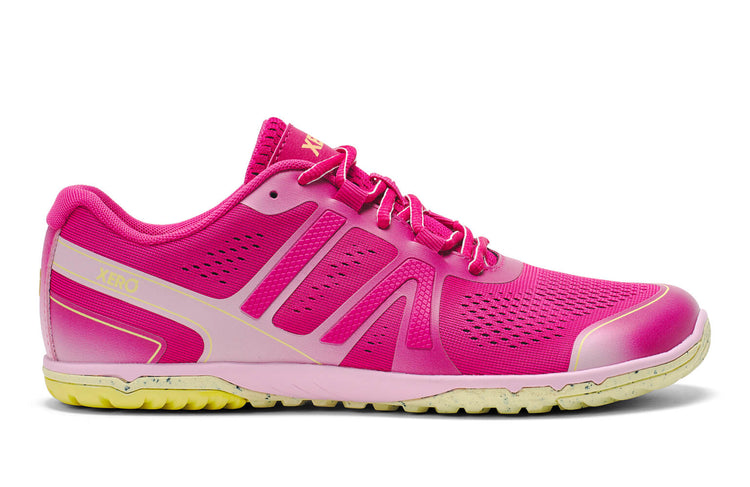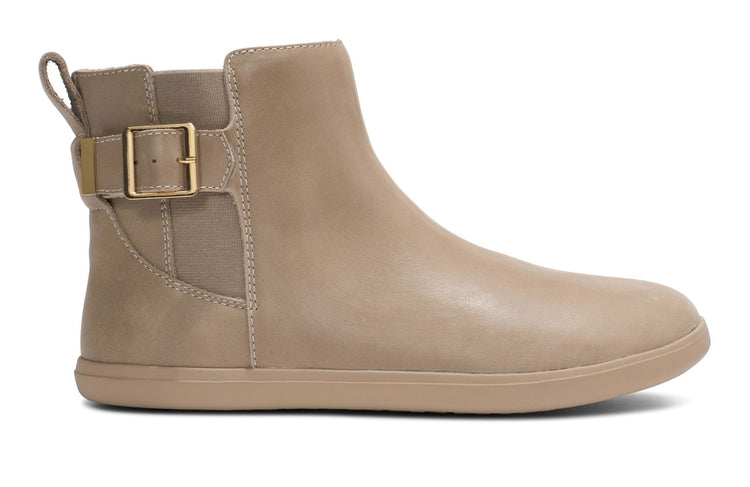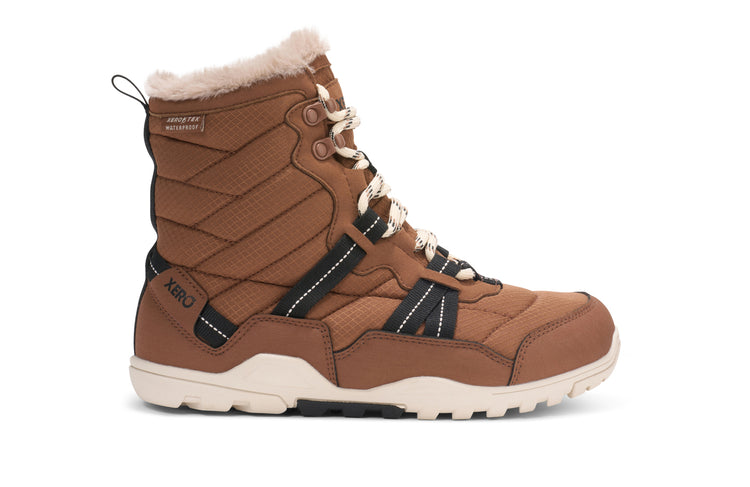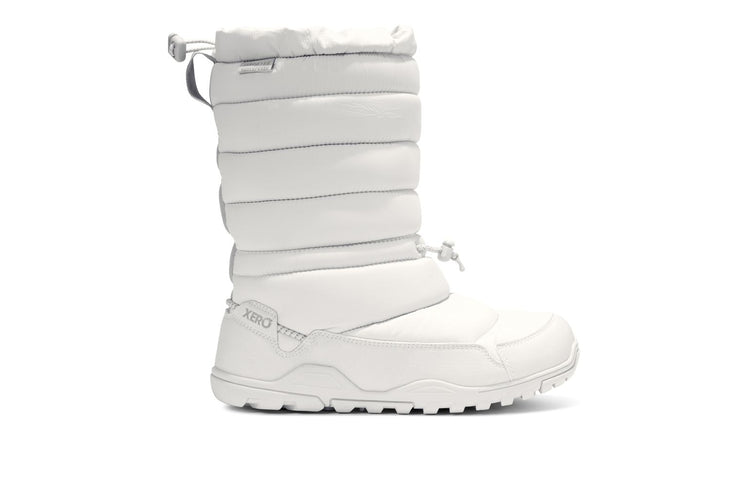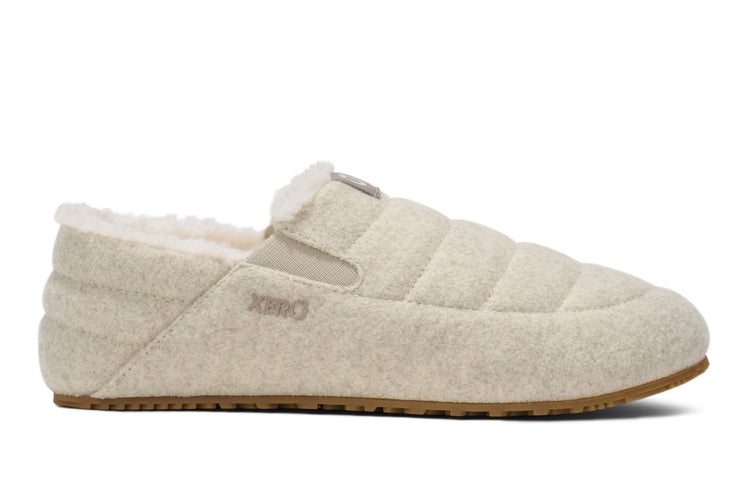
Become your own barefoot running coach
 I had an intense sprinting workout 2 days ago, followed by an even more intense weight lifting workout and this morning I can barely walk. Even more, I did a minor tweak of something in my ankle which I'm noticing as I walk on my treadmill (I have a treadmill desk). As I'm walking, I have to experiment and make minor changes to my gait in order to walk with proper form and pain free.
I had an intense sprinting workout 2 days ago, followed by an even more intense weight lifting workout and this morning I can barely walk. Even more, I did a minor tweak of something in my ankle which I'm noticing as I walk on my treadmill (I have a treadmill desk). As I'm walking, I have to experiment and make minor changes to my gait in order to walk with proper form and pain free.
This reminded me of an old joke:
"Doctor, it hurts when I do this."
"Well, stop doing that!"
While this is an old joke, it's important barefoot running lesson, namely:
If it hurts, STOP DOING THAT.
Remove the following thought from your mind
For decades now we've been told things like "No pain, no gain" (I'm assuming you remember the running shoe company that first told you that).
(BTW, I'm no conspiracy theorist, but if I sold a product that contributed to injuries the way that running shoes seem to, I can't think of a better way to convince people to use my product, despite the effects they may have been experiencing when using it.)
But, back to the point... When it comes to barefoot running (and walking, and hiking, and anything else), the most important skill you can develop is the ability to be your own coach. And the most important coaching skill you can learn is to experiment with different movement patterns.
When it comes to running barefoot, the odds are high that if you're doing something that hurts you're doing something incorrectly. And the way to make things stop hurting is to do something differently.
Becoming your own barefoot running coach
What are some of the kinds of hurts I'm talking about?
- Sore calves
- Sore Achilles
- (sore anything, really)
- Blisters
- Callouses
- Stubbed toes
- Abrasion between your toes, on top of your foot, or around your heel (if you're wearing huaraches).
If you're wearing huaraches running sandals, there are some "injuries" to the sandals that "hurt", like:
- Wearing away the toe knot
- Breaking the toe strap above the knot
- Breaking the strap by the outside ankle hole
All of these can be corrected by doing something differently, by changing your gait, or your thinking.
What kind of changes are we talking about?
- Don't reach out with your foot (overstriding), but place your foot under your body as much as possible. For some people, you'll want to try to have your feet land behind you (you won't be able to, but the cue will move your feet further back). Barefoot Ken Bob has a great line: Move your torso forward and have your feet try to catch up. Another tip for doing something different than overstriding: pull your toes up towards your knees slightly, just before you land... some people overstride by reaching out with their toes.
- Don't push off the ground with your toes/calves, but LIFT your foot off the ground by flexing the hip.
- Don't think of your foot as something you "land" on, but as something that skims across the ground at the speed you're moving.
- Try a different surface -- smooth hard surfaces are the best for barefoot running because they give you the most feedback about your form. But if you're on a surface that hurts to run on, try a different one.
- Do shorter runs. Give yourself as much time as YOU need to learn proper barefoot technique. There's no magic number of days or weeks that it'll take. It's different for everyone. Start with short runs, really short runs... like 200 yards.
- Pick up your cadence. Move your feet faster, without running faster. Experiment with different speeds. Some people say you MUST run at 180 steps per minute. It's not true; that's not a magic number. But the odds are good that you'll want faster turnover than you're used to.
- In the cold, do "loops" instead of runs. Your body can handle cold better than you think, especially if, instead of doing one long run, you go out until your feet are cold, come back and warm up, and repeat.
- Try landing on your feet in different ways. You're not required to land on the ball of your foot. Midfoot might work better for you. Flat footed might work better. How you land when you're going uphill may be different than downhill. Fast may be different than slow.
Many of these are overlapping. If you don't overstride, you won't have to pull your foot toward you. If you speed up your cadence, it's harder to overstride and harder to use your calves too much.
Do the math
Many of the problems described above are related to these equations:
Excessive friction causes abrasion.
Abrasion causes blisters or lace wear.
Excessive friction is unnecessary for running barefoot.
Using muscles more than necessary causes soreness.
You can run barefoot with less muscle tension than you think.
If you look at the feet of accomplished barefoot runners, you won't find blisters or callouses. If you look at the bottoms of the sandals of accomplished barefoot sandal wearing runners, you'll find no abrasion on the toe knot or the ankle hole areas.
If you tested barefoot runners for calf strength, they're typically not any stronger than the average non-barefoot runner.
Did I mention: Have Fun!
Perhaps this is the most important coaching tip you can give yourself
- If you're not having fun, do something different until you are! Run like a 3 year old for a while: let your head lead you, let your arms flail, run in circles and sweeping arcs, make noise!
I often have this thought going through my head as I run: "What can I do to make this lighter, easier, and more fun?" Give it a whirl.
Good to great
A good coach can give you a workout to follow.
A great coach will adjust the workout, moment by moment, based on reality.
Feeling good? That'll change things.
Feeling tired? That'll change things.
Different location, elevation, weather? That'll change things.
Let yourself become a great barefoot running coach.
And let us know how it goes!
Quick update: The evening after writing this post, Lena asked me, "How's your ankle?"
"What do you mean?" I replied.
"You wrote a post that said you tweaked your ankle."
"Oh, right," I said, remembering. "After an hour of experimenting with how I was walking on the treadmill, it must have fixed itself, because it's fine now."
The content of this post does not constitute and is not intended to be a substitute for professional medical advice, diagnosis or treatment. Always seek the advice of a physician or other qualified health provider with any questions or concerns you may have about your health or a medical condition.
